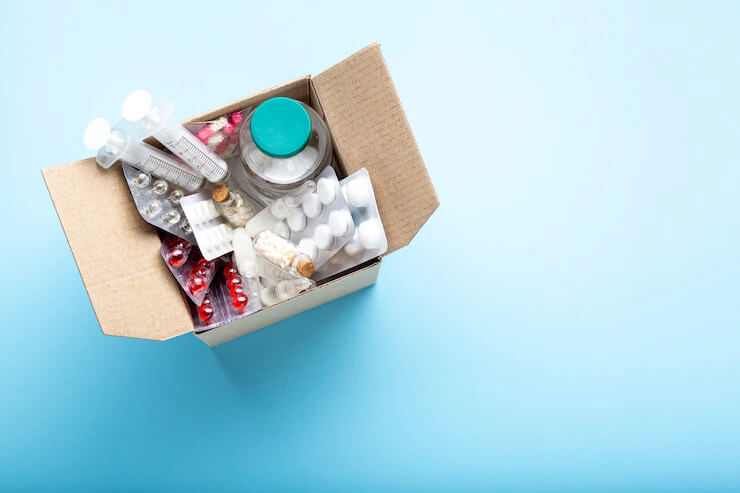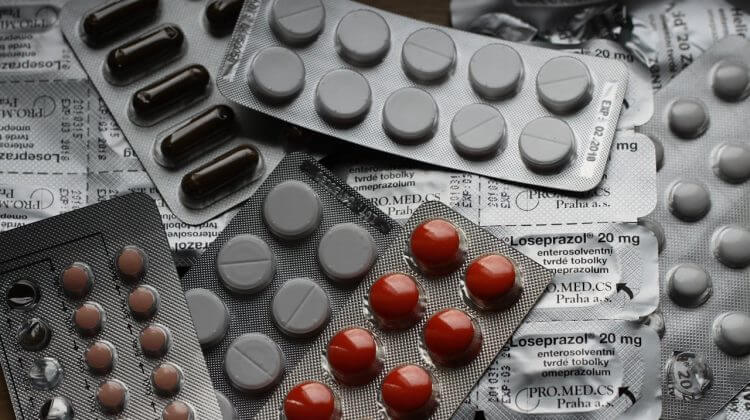
Packaging: A Crucial Aspect Of The Pharmaceutical Industry
Packaging in pharmaceutical industry has many aspects that need to be looked into. More than just making the product appear appealing to the eye, the packaging of pharmaceutical goods serves another very important function. It lends protection to the drug during its shipping, storage, sale, and use. Besides, the choice of the kind of packaging material is also crucial since the drug and its packaging material may react with each other. To deal with all such issues, we pen down here the types of packaging prevalent in the pharmaceutical industry.
Types of packaging of pharmaceutical products
The pharmaceutical industry employs three types of packaging – primary, secondary, and tertiary. Here’s more about each:-
- Primary packaging – The innermost packaging of pharmaceutical products that is in direct contact with the medicine/drug is known as the primary packaging. This packaging can affect the quality and purity of the medicine by reacting with it and causing alteration to the salt in the dosage. Therefore, it needs to be composed of inert materials (i.e. non-reactive substances) such as aluminium and PVC. For syrups or liquid medicines, the primary packaging is made of high-quality plastics namely polycarbonate, terephthalate, nylon, polyethylene, polyvinyl chloride, etc. The different forms of primary packaging include:-
-
- Blister packs
- Strip packaging
- Bottles
- Sachet packaging
- Vials
- Ampoules
- Secondary packaging – The layer of packing that covers the primary packaging is known as the secondary packaging. It could be any box or other printed material. Essentially, its purpose is to lend a brand image to the drug and, at the same time, protect it during transportation. The secondary packaging contains the necessary information such as the ingredients of the medicine, manufacturer’s name, address, warning(s) if any, and the type of medicine.
- Tertiary Packaging – As the very name suggests, this packaging is the last one and is crucial from the standpoint of the shipping process. The tertiary packaging is usually removed by the retailers before placing the medicines for sale in their shops or retail outlets. That is why this packaging doesn’t ever meet the eye of the end consumers.
The purpose of using tertiary packaging is to safeguard the primary and secondary packaging against external environmental factors during storage and transportation. Cardboards, boxes, and shrink wraps are the most commonly used materials for tertiary packaging.
Certifications and compliance with regulations
While a pharmaceutical company needs to be GMP certified, various other compliances and regulations also need to be met. Some of these regulations are meant to standardize labelling across all brands and product types, so that comprehensive information about the medicine inside can be aggregated in one place for easy reference.
The takeaway
The fact that packaging in the pharmaceutical industry is intrinsically related to the quality and purity of the medicine or drug being packed, makes it all the more crucial. If not done right, the medicine/drug inside may prove to be fatal for the patients consuming it. Therefore, the packaging of medicines is a sensitive aspect which calls for full compliance with the mandatory provisions of packaging and labelling.









